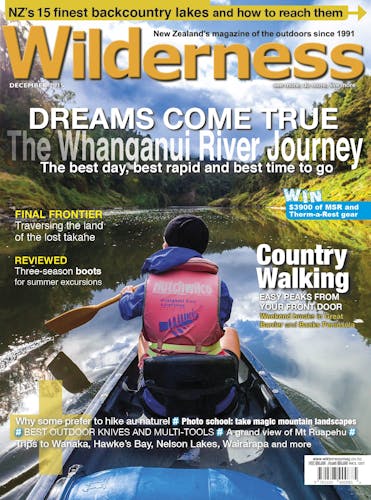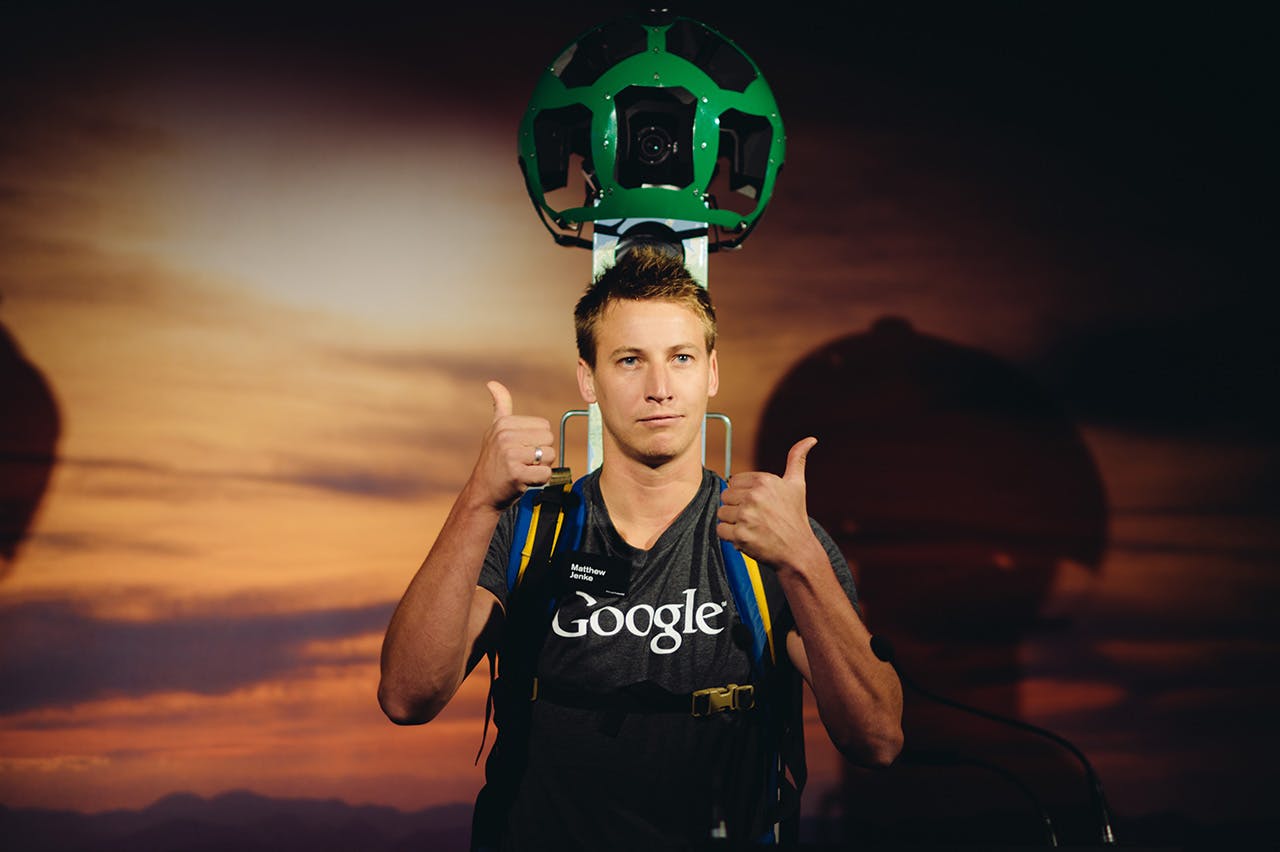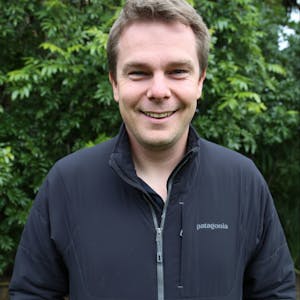Matt Jenke must have pinched himself when given the job of walking New Zealand’s best trails for Google. Matthew Pike asks if the reality matches the dream
The man I used to be most envious of was Dan Carter; blessed with good looks and absurd natural talent, he gets to play rugby every day of his life and everyone loves him for it. But now there’s a man who has exceeded Carter in my jealousy stakes.
Two years ago Matt Jenke landed the sort of job any tramper would bite their own arm off to do.
Google tasked Jenke to walk seven of the nine Great Walks with a multi-squillion dollar camera strapped to his back. All he had to do was remain upright at all times and remember to flick the ‘on’ switch before setting off.
The camera, called the Google Trekker, was created by Steve Silverman, who used to create cameras for expeditions to Mars. It’s a variant of those used in the Google Street View cars, protruding more than half a metre above Jenke’s head. At 18kg it’s a heavier than many multiday packs and its shape makes for an unusual experience.
“It’s just as comfy as a normal pack, but it’s quite top heavy and there’s a bit of a swing,” says the 28-year-old from Titirangi. Jenke had to ensure the camera avoided low branches so debris didn’t land on the lens. But he also had to stay upright, meaning bending over wasn’t an option. Instead, an awkward squat was required.
The Heaphy Track presented the worst example of this, as an area shortly after the swingbridge at Lewis Hut was overgrown at the time Jenke walked the trail. This meant squatting for a couple of hundred metres which Jenke describes as “frustrating”.
The Heaphy, being the longest of the seven tracks, presented logistical issues, as the camera only has a battery life of around six hours and there were only three sets of batteries.
“We tried to recharge them using a generator but this didn’t recharge them fully.” It did, however, provide them with just enough power to capture the whole trail.
Another logistical dilemma was the weather, which affected all the trails, one way or another. On the Abel Tasman, he had to wait for three days for the heavens to close after completing day one and he had to complete the Rakiura Track in one day because rain was forecast on both days either side.
There was the odd wobble too. On the Heaphy, a swingbridge was being repaired so he tried to ford the river himself. “I was standing on a rock in the water when my foot slipped and I was suddenly down on my knees,” explains Jenke. “That was the dodgiest moment; I could easily have gone head over heels. To have properly submerged the trekker wouldn’t have been a good look.” Luckily the camera equipment wasn’t harmed in the incident.
Jenke was accompanied on each trip by Peter Hiemstra from DOC, who carried a 25kg pack with pretty much all the food and equipment they needed. Hiemstra needed to stay a good distance behind Jenke to ensure he wasn’t in each shot – a plan not always entirely successful, as Hiemstra later realised he isn’t as good at hide and seek as he thought.
The two were also joined by Ngai Tahu iwi representative Riki Mules for the Rakiura, Routeburn and Kepler tracks.
Despite the odd logistical headache and a tree squat or two too many, the job has more than lived up to expectation for Jenke. “I couldn’t believe my luck when I was told I could do this as a job,” he says. “I actually became quite attached to the trekker [the camera] very quickly. I gave it a name, calling it Lucy.”
One of the reasons Jenke was picked for the job was his good fitness base. This was highlighted when his cousin pulled out of the Auckland Marathon three weeks prior to the event. He gave his ticket to Jenke who, without training, ran it in 3:00:40 before proceeding on the three-hour walk Mangawhai Head Cliff Walk for Google that afternoon.
Tongariro Northern Circuit and the Whanganui River remain the only two Great Walks not yet completed by the Google Trekker camera, for cultural and logistical reasons.
But Jenke is far from finished with his work. As well as the Great Walks he’s been tasked with completing a series of short walks around the country, including a trail on Matiu/Somes Island in Wellington Harbour, Bridal Veil Falls in Waikato and Karangahake Gorge in the Kaimais.
Soon there could be a whole network of tracks across the country that can be virtually walked from your computer. And Jenke is keeping his fingers crossed that Google may wish to use the same camera to document the entire Te Araroa Trail in the future. If this becomes, a reality my jealousy of Jenke will rise another notch.








